Are you confused about the terms engine coolant and antifreeze? You’re not alone. Many people use these terms interchangeably, but they actually have different functions. In this article, we will help you understand the key difference between engine coolant and antifreeze, so you can make informed decisions when it comes to your vehicle maintenance.
Engine coolant, also known as antifreeze, is a liquid that circulates through your vehicle’s engine to regulate its temperature. It prevents the engine from overheating by transferring heat away from the engine and dispersing it through the radiator. Antifreeze, on the other hand, is a mixture of water and additives designed to lower the freezing point of the coolant, ensuring that it remains effective even in extremely cold temperatures.
At Kwik Kar Richardson, we understand the importance of proper engine cooling and offer a range of services to maintain your vehicle’s cooling system. Whether you need a coolant flush or a refill with the right antifreeze, our experienced technicians are here to help.
Don’t let confusion about engine coolant and antifreeze leave you stranded on the side of the road. Read on to learn more about these essential fluids and how they keep your engine running smoothly.
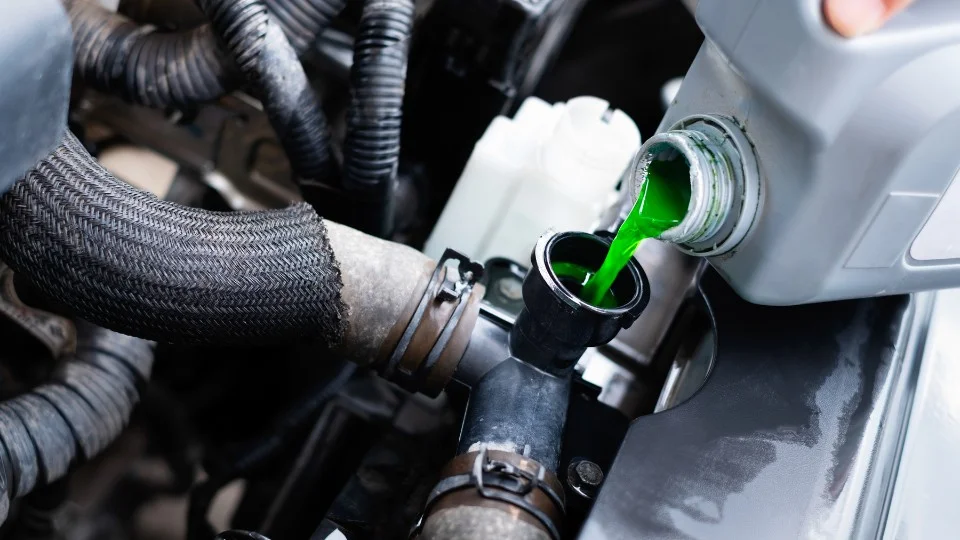
Engine coolant, also referred to as antifreeze, is a liquid that plays a vital role in regulating the temperature of your vehicle’s engine. It is a mixture of water and chemicals that helps to dissipate heat generated by the engine and maintain an optimal operating temperature. Coolant circulates through the engine, absorbing excess heat and carrying it to the radiator, where it is released into the surrounding air.
The coolant mixture typically consists of ethylene glycol or propylene glycol, which acts as the base fluid, and a variety of additives that improve its performance. These additives include corrosion inhibitors, which protect the metal components of the cooling system from rust and corrosion, and anti-foaming agents, which prevent the formation of air bubbles that can impede heat transfer.
Engine coolant is available in different colors, such as green, orange, pink, or blue, which correspond to different formulations and specifications. Utilizing the coolant specified by your vehicle’s manufacturer is crucial for both compatibility and peak performance.
Overall, engine coolant is crucial for maintaining the proper operating temperature of your engine, preventing overheating and damage to engine components. Regular maintenance, including coolant flushes and refills, is essential to keep your cooling system functioning effectively.
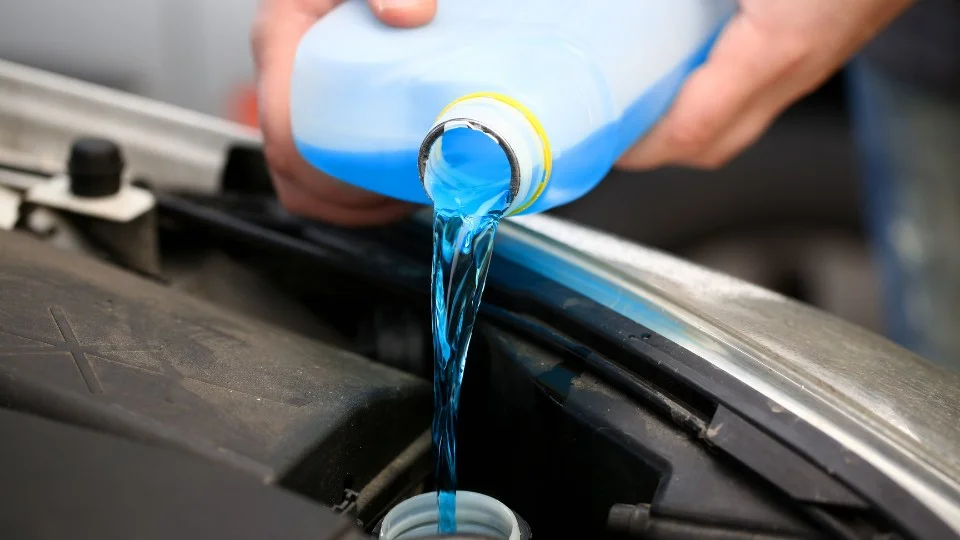
Antifreeze is a term often used interchangeably with engine coolant, but it specifically refers to a type of coolant that is designed to lower the freezing point of the liquid. Antifreeze is essential for vehicles operating in cold climates, as it prevents the coolant from solidifying and damaging the engine when temperatures drop below freezing.
Antifreeze is a mixture of water and concentrated coolant additives that work together to lower the freezing point of the coolant. The most common additive used in antifreeze is ethylene glycol, although propylene glycol is also used in some formulations. These additives prevent the coolant from freezing by interrupting the formation of ice crystals, allowing the coolant to remain in a liquid state even at extremely low temperatures.
In addition to lowering the freezing point, antifreeze also raises the boiling point of the coolant, allowing it to withstand high temperatures without evaporating. This is crucial for preventing overheating and maintaining the proper operating temperature of the engine, especially in hot climates.
Antifreeze is available in various colors, similar to engine coolant, and it is important to choose the correct antifreeze formulation recommended by your vehicle manufacturer to ensure compatibility and optimal performance.
The primary purpose of engine coolant and antifreeze is to regulate the temperature of your vehicle’s engine and prevent overheating. The engine generates a significant amount of heat during operation, and without proper cooling, this heat can cause damage to engine components and lead to engine failure.
Engine coolant circulates through the engine, absorbing heat generated by the combustion process. It carries this heat away from the engine and releases it through the radiator, where it is dissipated into the surrounding air. This continuous cycle of heat absorption and dissipation helps to maintain the engine at an optimal operating temperature.
Antifreeze, as a type of coolant, serves the additional purpose of preventing the coolant from freezing in cold temperatures. By lowering the freezing point of the coolant, antifreeze ensures that the coolant remains in a liquid state and can continue to circulate through the engine, even in freezing conditions. This prevents the formation of ice within the cooling system, which could cause blockages and damage to the engine.
Overall, the purpose of engine coolant and antifreeze is to provide effective engine cooling and prevent temperature-related issues, whether it’s overheating in hot climates or freezing in cold climates.

While engine coolant and antifreeze are often used interchangeably, there are some key differences between the two.
Understanding these key differences between engine coolant and antifreeze is essential for maintaining your vehicle’s cooling system and preventing temperature-related issues. Make sure to choose the correct formulation recommended by your vehicle manufacturer and follow regular maintenance schedules to keep your engine running smoothly.
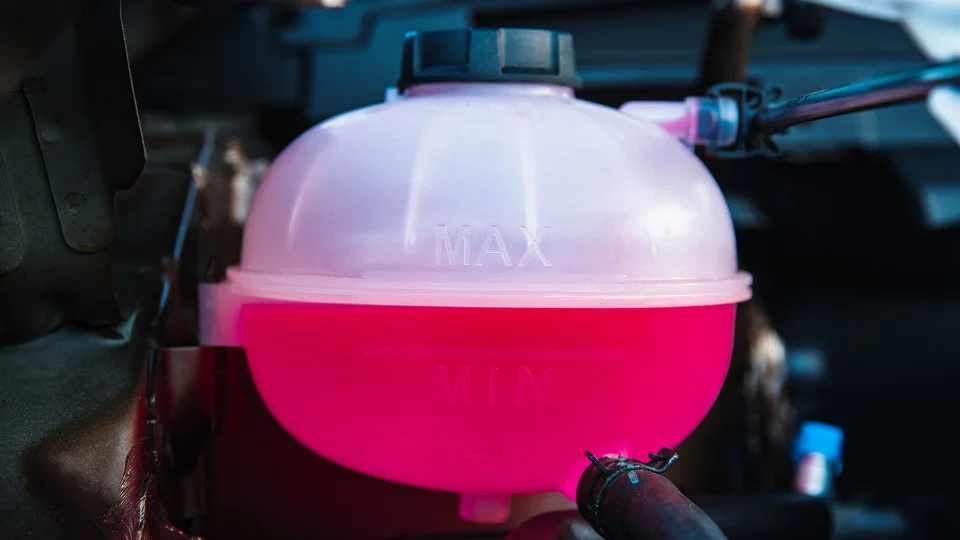
Choosing the right coolant or antifreeze for your vehicle is crucial for maintaining optimal engine performance and preventing damage to the cooling system. Here are some factors to consider when selecting the appropriate product:
By considering these factors and following the recommendations of your vehicle manufacturer, you can choose the right coolant or antifreeze for your vehicle and ensure optimal performance of your cooling system.
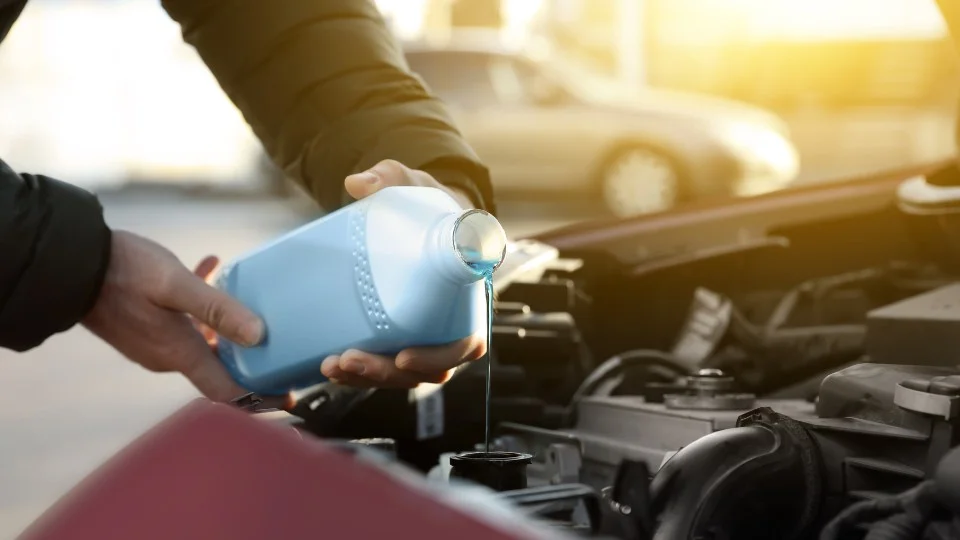
There are several common misconceptions about engine coolant and antifreeze that can lead to confusion and misinformation. Let’s address some of these misconceptions:
Clearing up these misconceptions will help you make informed decisions when it comes to your vehicle’s cooling system and prevent any potential issues caused by misinformation.
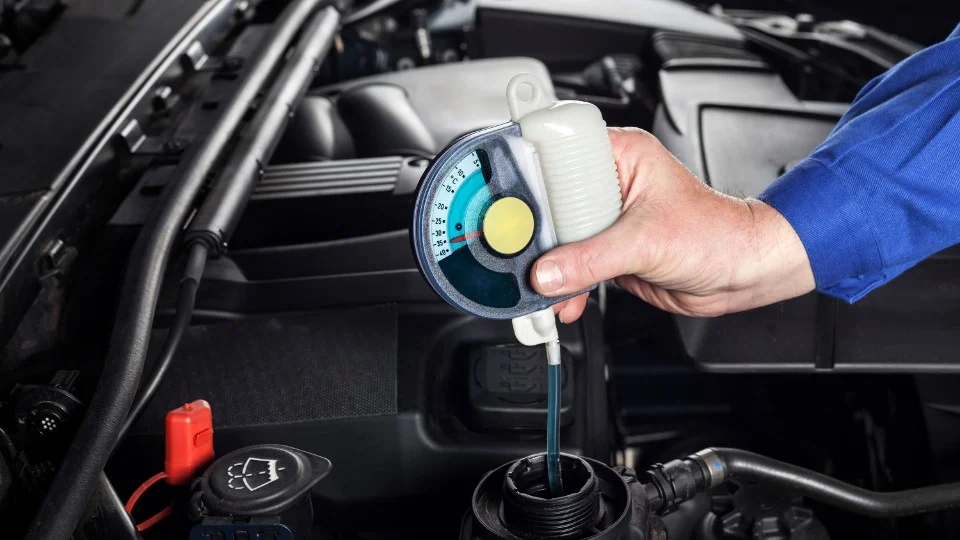
Regular maintenance of your vehicle’s coolant and antifreeze is crucial for ensuring optimal performance and preventing cooling system issues. Below are several factors highlighting the significance of routine maintenance:
By prioritizing regular coolant and antifreeze maintenance, you can extend the lifespan of your cooling system, prevent temperature-related issues, and ensure the long-term performance of your vehicle.

It is important to be aware of the signs that indicate potential coolant or antifreeze problems. Addressing these issues promptly can prevent further damage to the cooling system and ensure the optimal performance of your vehicle. Here are several typical indicators to be mindful of:
Should you observe any of these indicators, it’s advisable to seek the expertise of a certified automotive technician for a thorough vehicle examination. They can diagnose the issue and recommend the necessary repairs or maintenance to restore the optimal performance of your cooling system.
Ready to ensure your vehicle’s engine stays cool and protected? Schedule a coolant check-up with our expert technicians at Kwik Kar Richardson today and drive with confidence!
engine, ethylene glycol, radiator, internal combustion engine cooling, antifreeze and coolant, ratio, corrosion, antifreeze, vehicle, boiling point, corrosion inhibitor, fluid, mixture, pump, coolant, internal combustion engine, rust, propylene, organic acid, engine block, heat transfer, metal, oil, propylene glycol, motor oil, silicate, reservoir, cooling system, iat, toxicity, climate, phosphate, thermostat, heater core, tank, diesel engine, solution, gasoline, valve, concentrate, methanol, combustion, ethanol, coolant for car, g13 coolant, propylene glycol antifreeze, g12 coolant, dex cool coolant, engine ice coolant, toyota super long life coolant, toyota coolant, prestone antifreeze, red antifreeze, antifreeze coolant, engine coolant, zerex g 05, dex cool, oat coolant, ethylene glycol antifreeze, hoat coolant, heat, water, is coolant the same as antifreeze, leak, ethylene, liquid, boiling, gasket, head gasket, organic
antifreeze vs coolant, is coolant and antifreeze the same thing, antifreeze and coolants